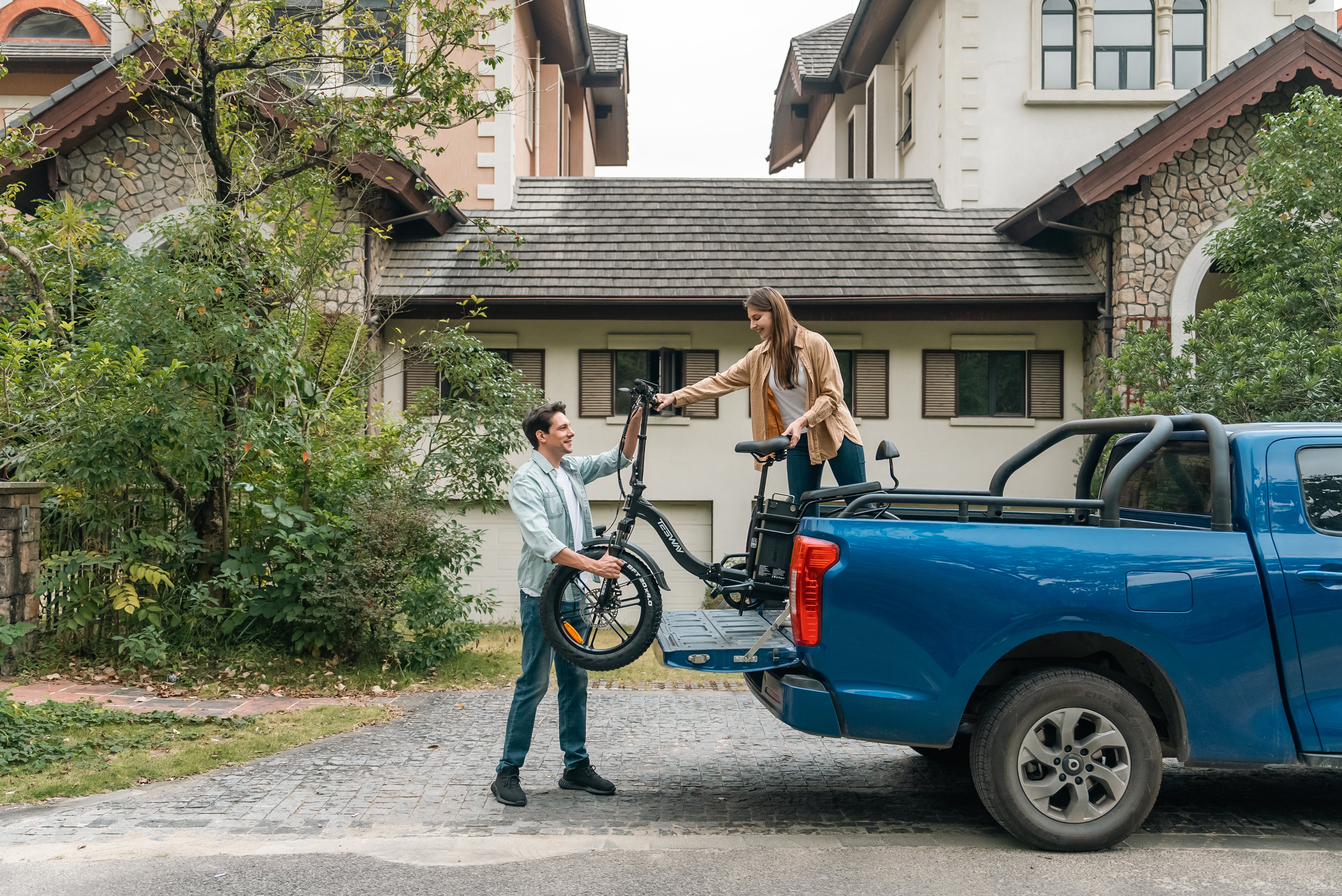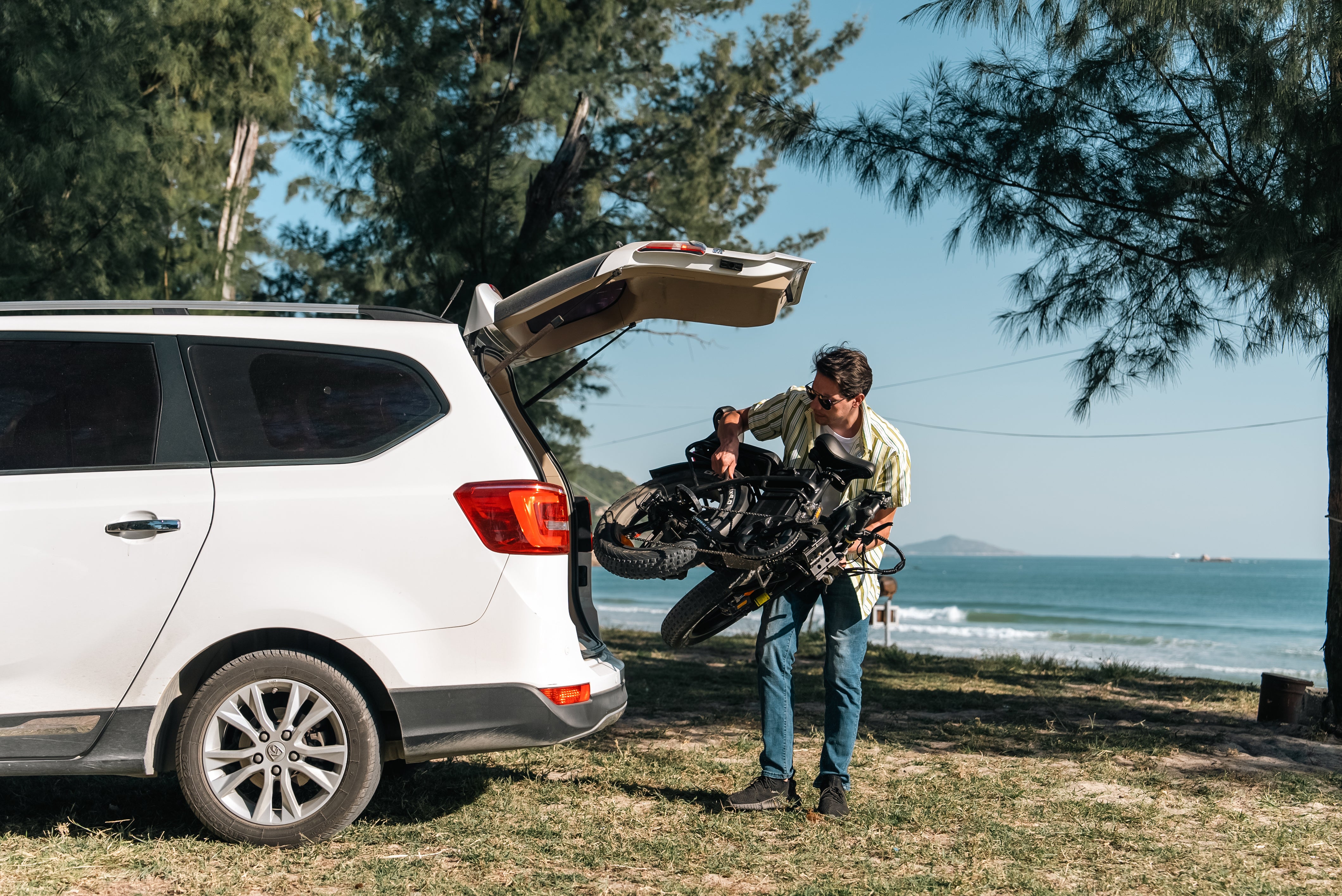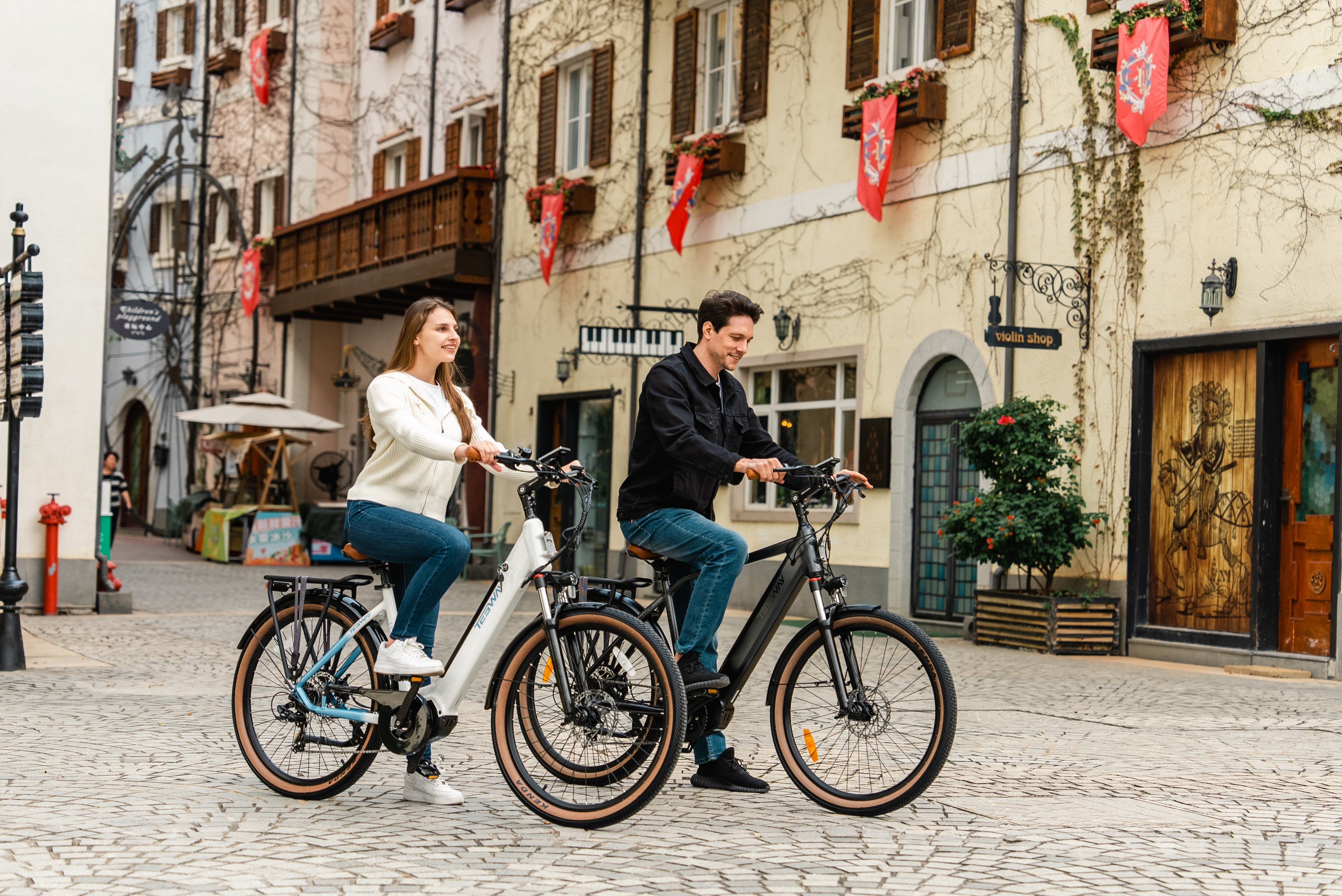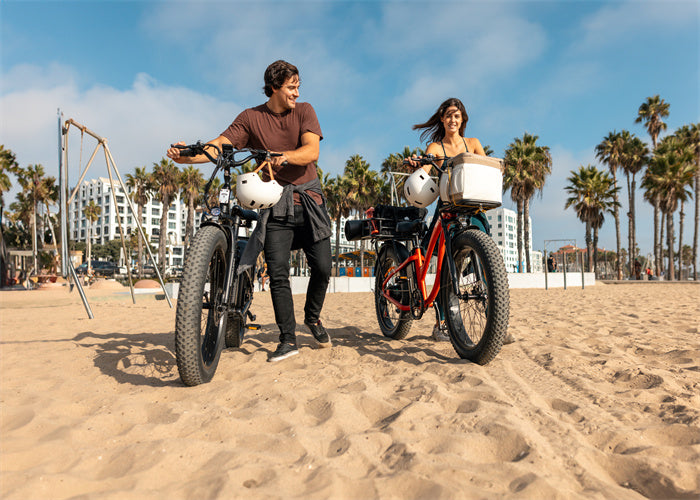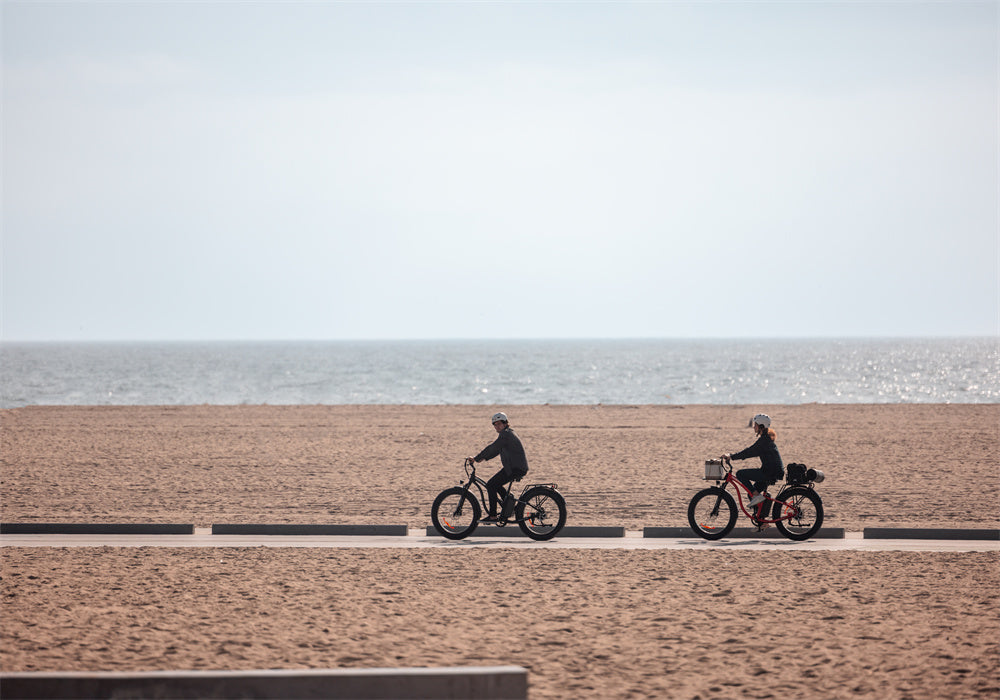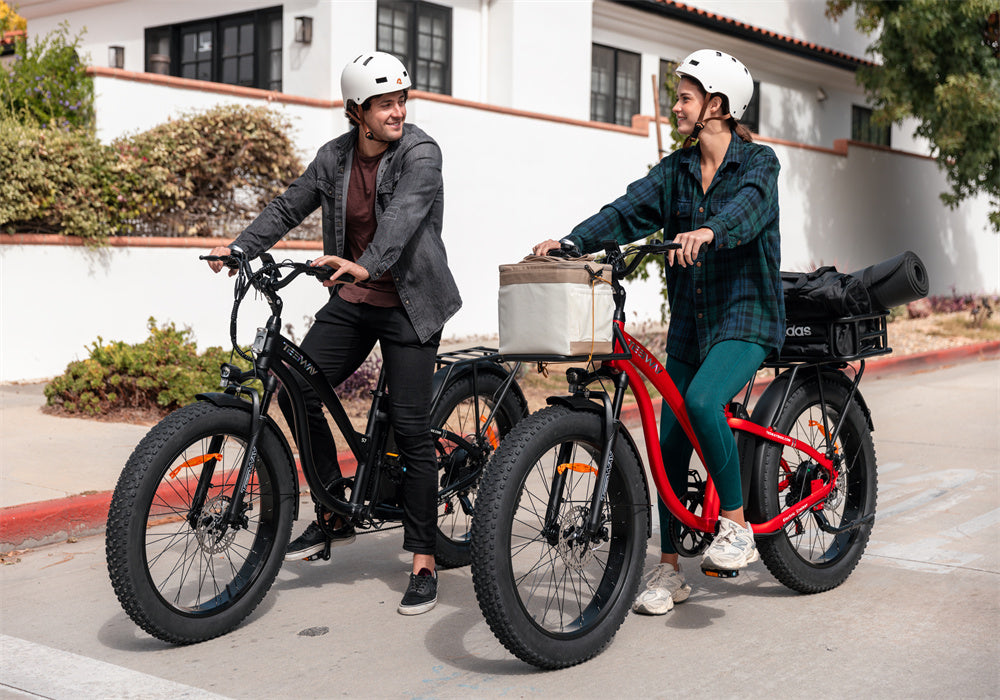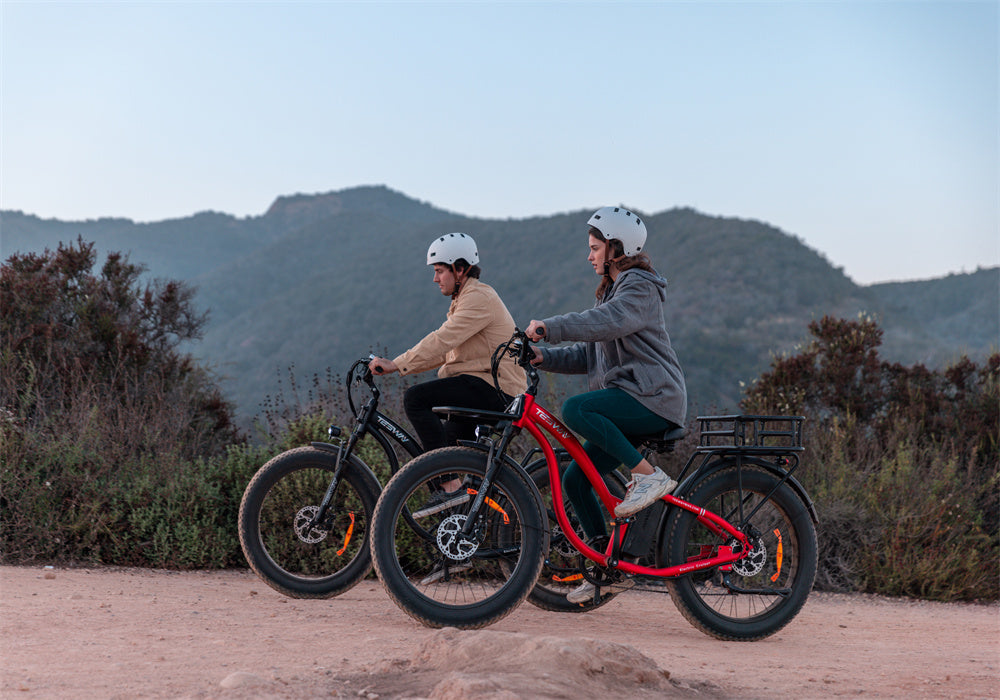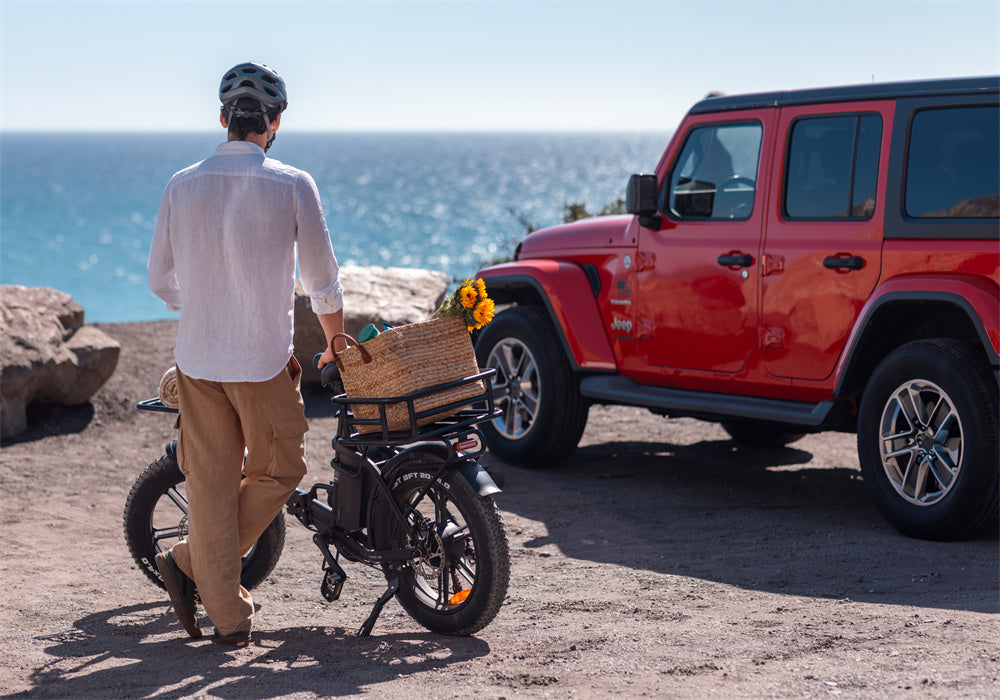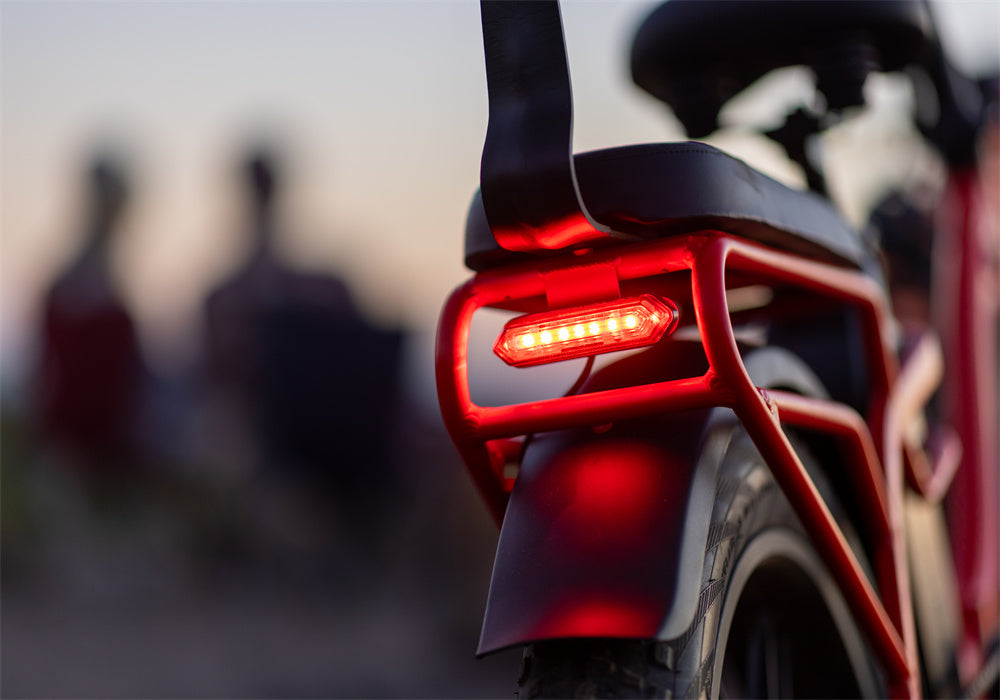Do You Need a License for Your E-bike? Laws & Regulations You MUST Know…[Avoid Getting Busted]
Rebuild Ebike Battery? Yes or No!
Pedal Assist Bicycles are great.. Are they? Pro and Con of Pedelecs
Bike History | What Makes Electric Beach Cruisers So Awesome?
Should you buy an electric bike with UL certification
E-bike UL certifications include UL 2849 for electrical systems, UL 2272 for personal e-mobility devices, and UL 2271 for lithium-ion battery safety. These standards ensure e-bike components meet stringent safety and reliability criteria.
Bike Frame Stiffness | Impact on Performance and Comfort
What is the Difference Between Moped and an Electric Bike
Blownout tires do not completely 100% damage bike rims, but damage still occurs






